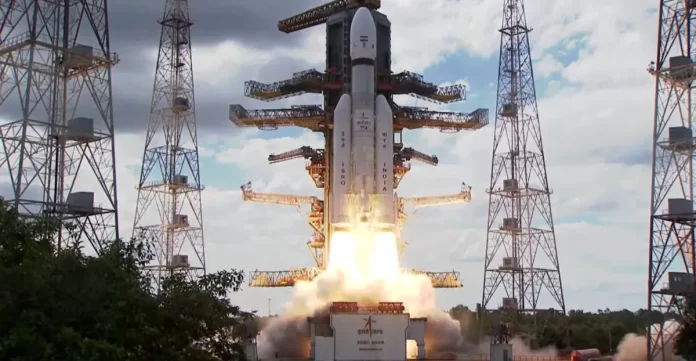Indian Space Research Agency’s (ISRO) spacecraft Chandrayaan-3 — which entered the lunar orbit Saturday after its launch in July — has captured and released its first images of the moon showing its cratered surface as the unmanned mission continues its journey towards Earth’s natural satellite.
As Chandrayaan-3 comes closer to the moon, the Earth’s natural satellite began to grow in size. The spacecraft is set to land on the soil on August 23 after it lifted off from Satish Dhawan Space Centre, in Sriharikota.
If Chandrayaan-3 successfully landed on the moon, it will make India achieve a controlled landing on the moon after the US, Soviet Union and China.
The last Indian attempt at a moon landing failed when ground control lost contact moments before landing.
The mission comes with a price tag of $74.6 million — far smaller than those of other countries, and a testament to India’s frugal space engineering.
Chandrayaan-3 is the third lunar exploration mission in the fourth operational mission (M4) of the LVM3 launcher, formerly the GSLVMkIII rocket, reported Indian media.
The Indian rocket used much less powerful than the US’s Saturn V and instead, the probe orbited the Earth five or six times elliptically to gain speed, before being sent on a month-long lunar trajectory.
The rover has a mission life of one lunar day or 14 Earth days.
In 2014, India was the first Asian nation to put a satellite into orbit around Mars, and three years later, the ISRO launched 104 satellites in a single mission.
ISRO chief Sreedhara Panicker Somanath said India’s space agency had carefully studied the data from its crash and carried out simulation exercises to fix the glitches in Chandrayaan-3.
Now that Chandrayaan-3 entered the Moon’s orbit, scientists will reduce its speed gradually to allow a soft landing.
“A series of manoeuvres have been planned to gradually reduce the spacecraft’s orbit and position it over the lunar poles,” said ISRO.
After its landing, the six-wheeled rover will come out and roam around the Moon’s surface, gathering data to be sent back to Earth.
“The rover is carrying five instruments which will focus on finding out about the physical characteristics of the surface of the Moon, the atmosphere close to the surface and the tectonic activity to study what goes on below the surface. I’m hoping we’ll find something new,” Somanath said.


